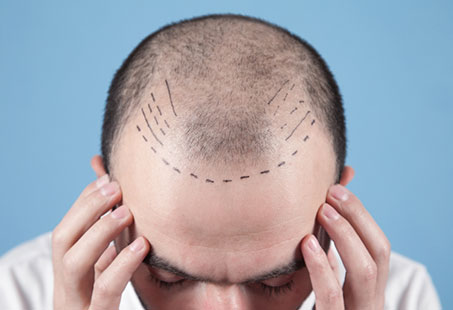The longevity of a hair transplant might be a concern for anyone considering or having one. It’s not just about the longevity of the procedure but also about how your results will look a decade later. While the results of a hair transplant are permanent, the truth is, it’s no guarantee that your hair will look the same 10 years later.
There are a number of factors that can affect the growth and development of your hair, one of which is ageing itself. The age at which you undergo this surgery can also be quite important since the results of your surgery may change as your hair loss progresses.
Depending on how your surgery went, it can also have some long-term effects. In this guide, you’ll learn more about what becomes of a hair transplant after 10 years.
How Does FUE Hair Transplant Look After 10 Years?
Hair transplant results after 10 years may differ for individuals. While the results of a hair transplant are permanent, your hair might be affected by the following factors:
- Age
- Progression of hair loss
- Overall health
- Any medication or therapy
- Previous surgery results
A hair transplant is based on the concept of donor dominance in which healthy hair is taken from the back and the sides and transplanted into the bald spots.
These hairs are supposed to retain their original characteristics and not be affected by the hormone (dihydrotestosterone) that miniaturises the follicles and causes baldness. However, there are some things to consider about an FUE hair transplant after 10 years.
Involutional Alopecia
Starting with ageing, 10 years after hair transplant, you might notice a reduction in the overall density of your hair due to “involutional alopecia.” It’s a type of hair loss that occurs naturally due to ageing.

Progression of Hair Loss
You must also keep in mind that a hair transplant is not a cure for hair loss – it’s a treatment option. A hair transplant will not stop the progression of androgenetic alopecia.
In this case, what can happen is that your original hair might fall off progressively during the period of 10 years with the transplanted hair intact.
Especially if you had the hair transplant at a young age and your hair loss was quite aggressive, you might be left with what’re called “islands” of hair (from transplantation) with bald areas around them.
In this case, you might be a candidate for a second hair transplant – your surgeon might also warn you of this eventuality when you’re getting the first procedure. But note that it will only be possible if you have enough hair left to transplant.

In this case, your doctor might also recommend using hair loss drugs like finasteride to stabilise the hair loss, so you don’t lose more of hair. Make sure you consult your surgeon about this.
Overall Health
Your health can also impact how your hair fares 10 years after the FUE transplantation surgery. For instance, autoimmune conditions like alopecia areata or lupus can effect the success rate of a hair transplant.
Conditions that upset the hormonal balance of your body, like a thyroid disorder or polycystic ovary syndrome (PCOS), can also affect the longevity of the hair on your head.
Ongoing Medications Or Therapy
Certain medications like birth control pills, anticonvulsants, steroids, NSAIDS, etc., can also lead to hair loss. Treatments like chemotherapy or radiotherapy might also do the same, so you have to account for that as well.
Previous Surgery Results
How well the previous surgery was done and how well you followed the aftercare instructions can also affect hair transplant results after 10 years.
A hair transplant isn’t just about taking hair from the back and placing it in the front – there’s a technique and art to it. There’s what’s known as a “safe donor zone” – it’s the hair in this area that’s expected to last for a lifetime. So, if the hair is taken from the wrong area, it might not last.
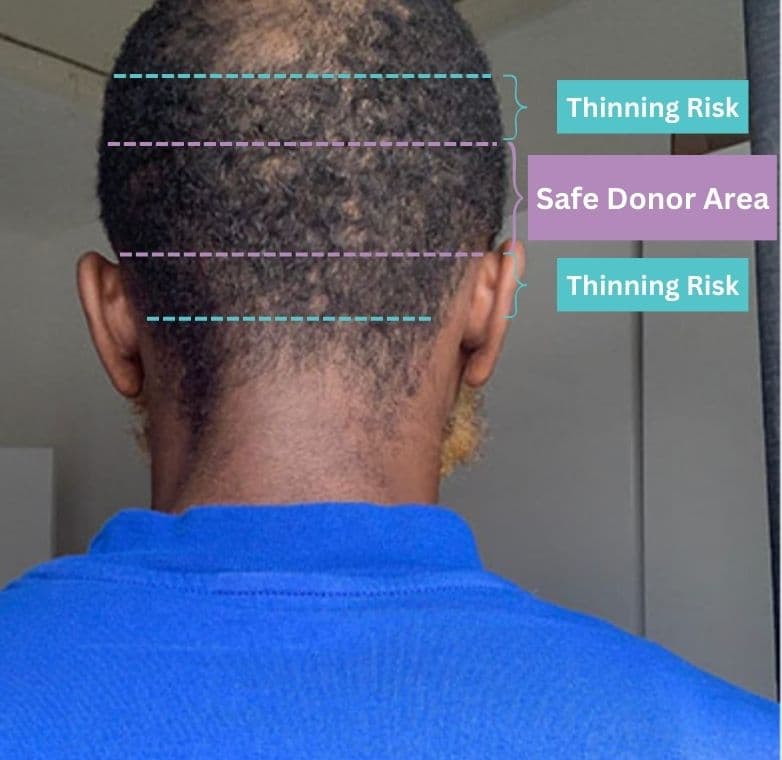
Aftercare is, of course, also important. If your grafts are harmed during recovery, possibly due to smoking, exercising (before the recommended time) or a physical injury, it will affect your final results.
What Are The Typical Results Of A Hair Transplant After A Decade?
Typically, 10 years after a hair transplant, your transplanted hair should remain intact, although you might notice an overall reduction in density due to ageing.
Whether you had the surgery for your hairline, temples or crown, your transplanted hair should be in place a decade after the surgery. That’s because the hair in the safe donor zone is not supposed to be affected by the hormones that cause hair loss.
What Are The Long-Term Affects 10 Years Post Hair Transplant?
Certain complications after a hair transplant can have long-term affects, even after 10 years. For instance, if your surgeon overharvested your donor area, you should know that nothing will replace the removed hairs. If you have any “transplantable” hair left, a surgeon might fix that area using them or scalp micropigmentation might be recommended.
Other than that, if you’ve developed bad scarring from the surgery, that can also be quite visible, especially if you have short hair. Necrosis is another complication that can have long-term affects because the skin will have to be removed.
While risks are inherent to any surgery, some of them can be minimised if you find the right surgeon. Also, according to a study published in the Journal of Cutaneous and Aesthetic Surgery, a hair transplant is a “relatively safe surgery” with “very few complications.”
Which Hair Transplant Method Is Considered Best After 10 Years?
Because of the less visible scarring, a Follicular Unit Extraction or FUE hair transplant might fare better over an FUT or Follicular Unit Transplant one.
As you might lose some hair due to ageing or decide to keep your hair short in future, the smaller, circular scars from FUE (which should normally fade with time), will likely be less noticeable than the one left behind by FUT – long and linear.
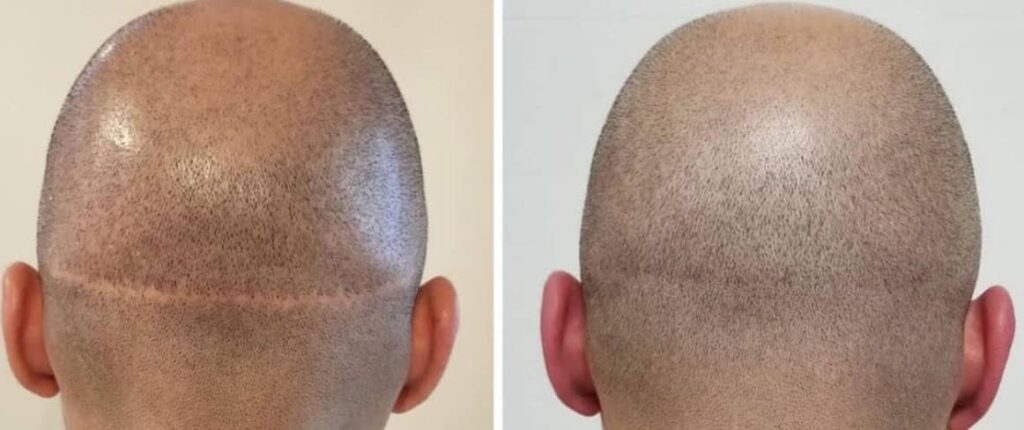
However, it can come down to the individual needs of the patient. How experienced your surgeon is, how well the surgery is done and how carefully you follow the aftercare instructions can affect whether you have the best hair transplant after 10 years. So, it’s not just the technique you need to take into consideration.
How Do Patients Feel About Their Hair Transplant 10 Years Later?
To our knowledge, there’s no 10-year follow-up study to assess the satisfaction of hair transplant patients. However, there have been many other positive findings.
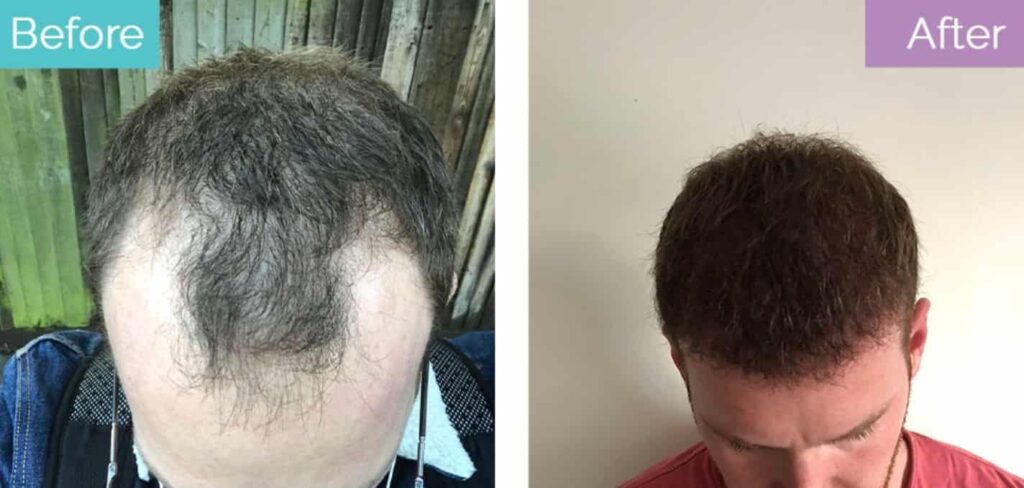
A recent study published in Aesthetic Plastic Surgery reported an improvement in the quality of life and “psychosocial functioning” of patients who had a hair transplant.
Another published in the Journal of Cosmetic Dermatology, also found an improvement in quality of life and self-esteem post hair transplant.
High patient satisfaction rates have also been reported a year after the transplantation surgery. In a retrospective study published in the Journal of Cutaneous and Aesthetic Surgery, the researchers reported satisfaction in 94% of the patients, although 62% wanted another session to improve the overall density.
Anecdotal evidence by people who’ve had successful results would also suggest that those patients feel satisfied with their decision.
However, “successful” is the operative term here, but as mentioned above there are other factors that can affect your hair as well during a period of 10 years. Eventually, that will impact how or what you think of this surgery.
How Durable Are The Results Of A Hair Transplant After 10 Years?
The results of a hair transplant are supposed to last a lifetime. The reason why a hair transplant is possible is because there’s a stable donor area at the back and sides.
You might’ve noticed that strip of hair on people who’ve else gone completely bald. Because that hair is thought to last, it’s used for transplantation, so your results should stay with you.
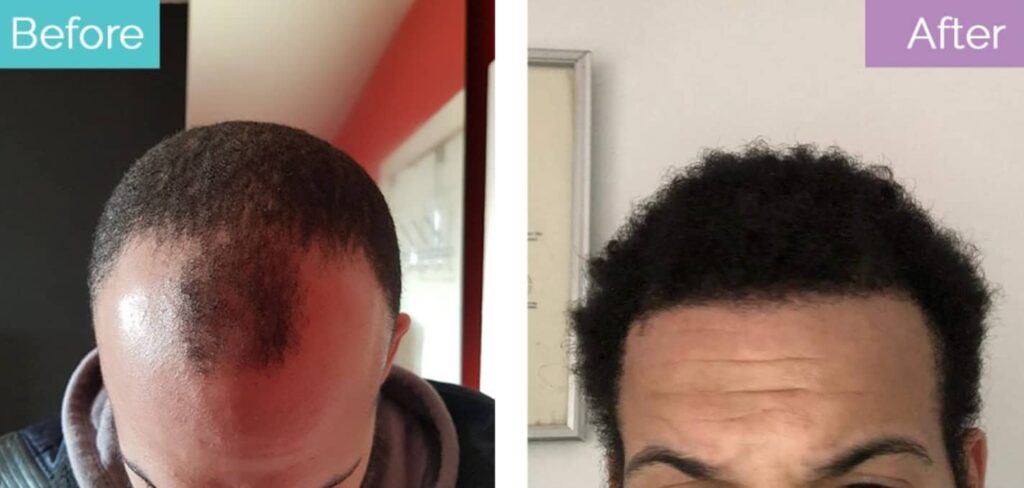
However, again, it shouldn’t take away from the fact that your hair can be affected by a plethora of factors in a decade, just two of which are your age and the cause of hair loss itself.
There are patients who’ve had second and even more sessions of hair transplants to improve their overall density. So, you might also think of having a hair transplant 10 years after your first one if it’s needed and possible.
Conclusion
There’s nothing wrong with thinking about the outcome of your hair transplant after 10 years of the surgery. To reiterate, a hair transplant should give permanent results, but there’s also a lot that can happen during that time.
Before you have the first surgery, it’s a good idea to have a thorough consultation with your surgeon about your expectations. It’s important that they’re realistic so that you’re satisfied with the final outcome.
Reviewed and approved by Trichologist Yaprak Yazan
